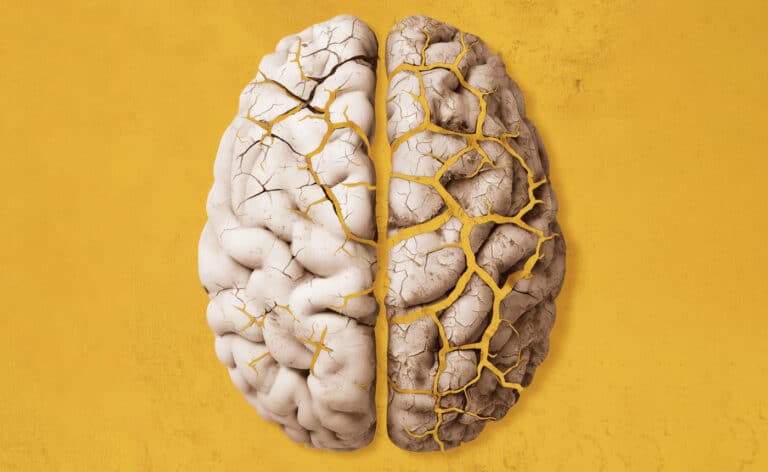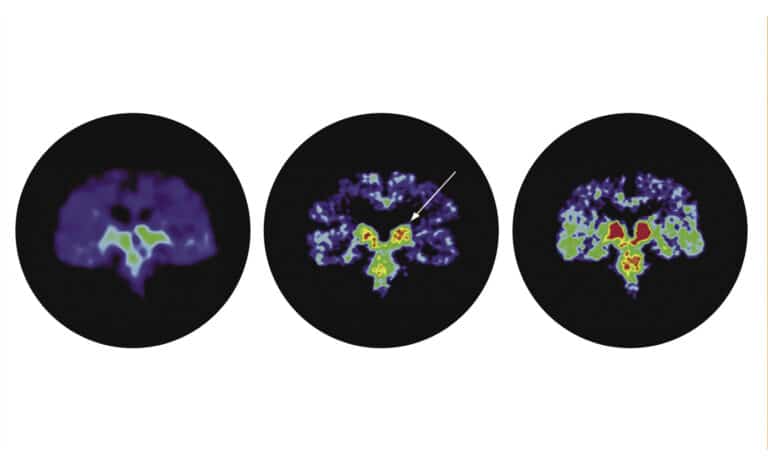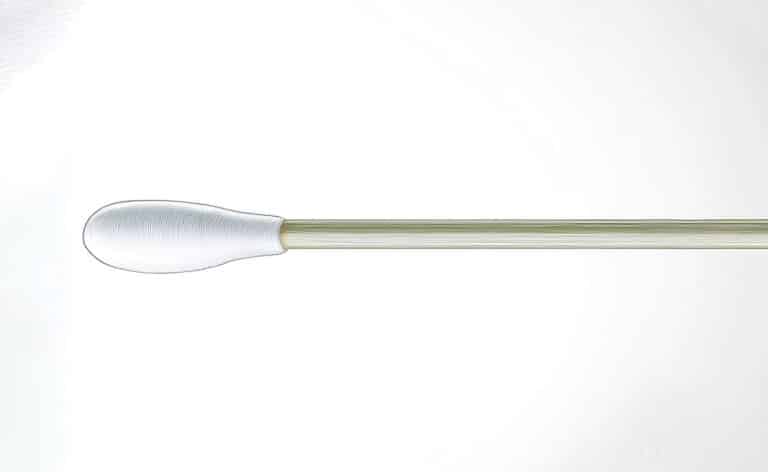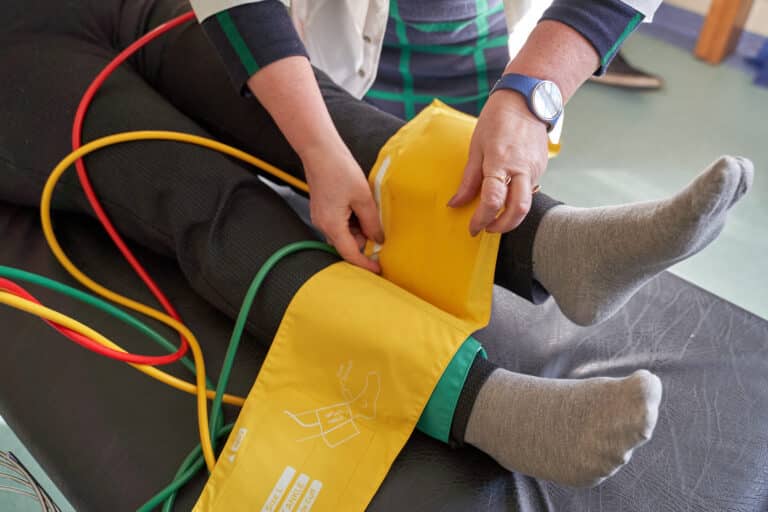Fact checked by Jim Lacy
If you haven’t yet heard of a cardiac PET-CT stress test, you may soon. More hospitals are investing in this diagnostic tool, which looks like a standard CT machine. The noninvasive procedure enables cardiologists to see whether enough blood is flowing to a patient’s heart.
Patients receive a small amount of radioactive material, known as radiotracers, through an intravenous line. A PET (positron emission tomography) scanner then uses the energy released by the radiotracers to generate images of the heart.
Joey Sager, MD, of Chicago Cardiology Institute, says the 30-minute scan is faster and more accurate than conventional stress tests.
Unlike other tests, PET assesses blood flow not only in the heart’s main arteries but also in its smaller blood vessels. “A majority of the blood that goes to the heart goes through the smaller vessels, and no other noninvasive procedure can provide us information on flow through those smaller vessels,” Sager says.
Doctors may recommend cardiac PET-CT for people who are overweight, have complex coronary disease, are unable to perform an exercise treadmill stress test, or received inconclusive results from other tests.
“If it’s recommended, it’s worth seeking out and getting it because it does provide information above and beyond any other stress test,” Sager says.
Originally published in the Spring/Summer 2025 print issue.

Anushree (Anu) Vashist is a freelance writer who often covers medicine, science, and higher education. She recently graduated from the University of Chicago with a double major in biological sciences and history.











